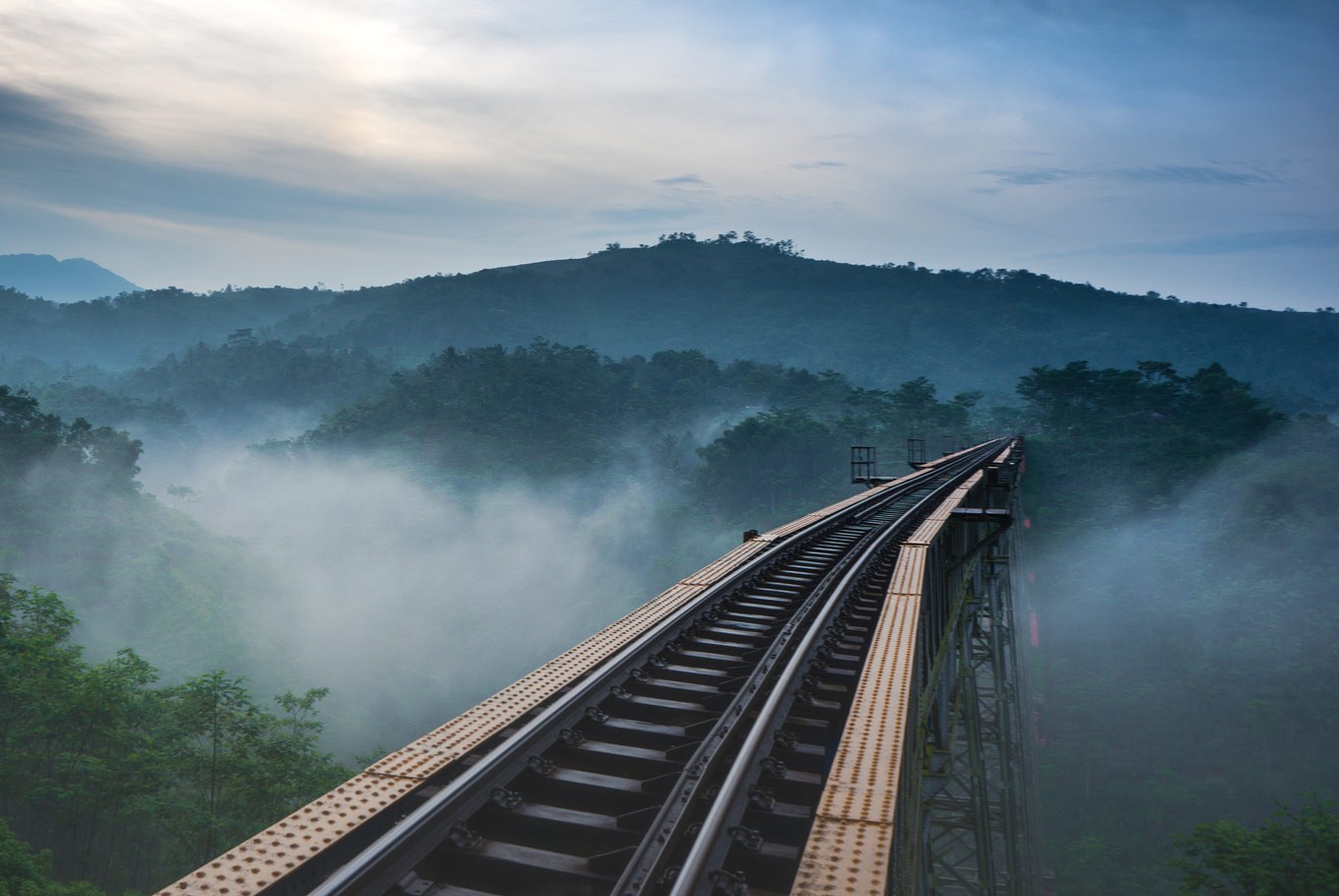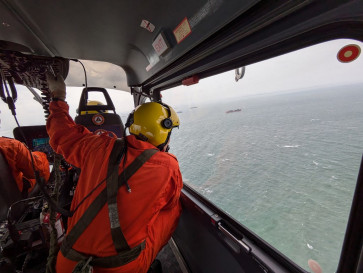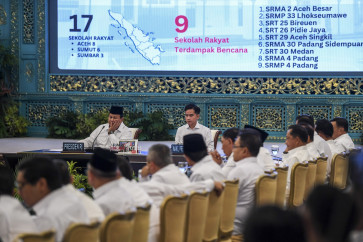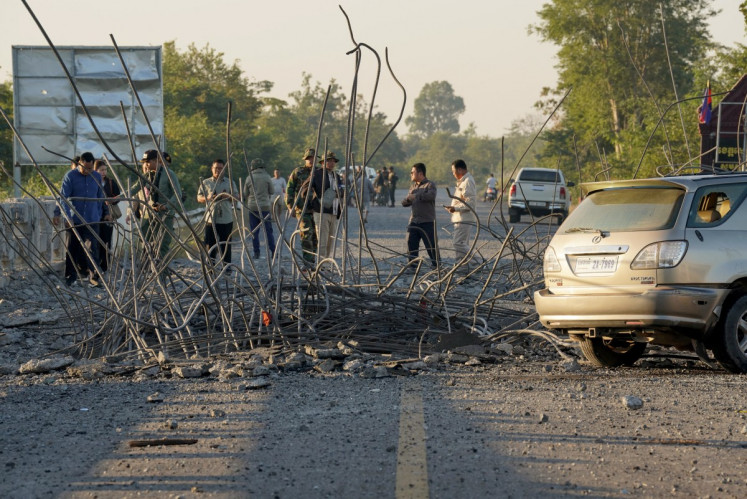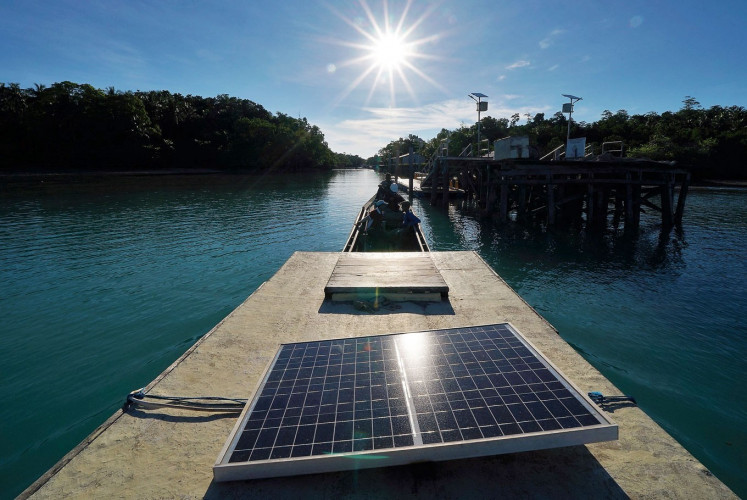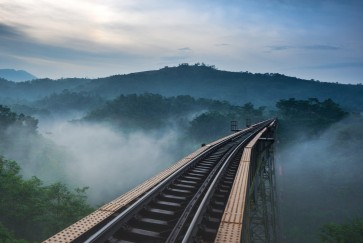Popular Reads
Top Results
Can't find what you're looking for?
View all search resultsPopular Reads
Top Results
Can't find what you're looking for?
View all search resultsThe rise, fall and resurgence of Indonesia’s centuries-old railroad system
Older than the republic itself, Indonesia’s railroads have had a long and tumultuous history.
Change text size
Gift Premium Articles
to Anyone
“Documenting 75 years of resilience” is a series of special reports by The Jakarta Post to celebrate Indonesia’s Independence Day on Aug. 17, 1945.
Older than the republic itself, Indonesia’s railroads have had a long and tumultuous history.
The majority of the country’s railroad infrastructure was constructed during the Dutch colonial era. Construction of the first railroad system in Indonesia, which was then called the Dutch East Indies, began in 1864, under the auspices of the Nederlandsche Indische Spoorweg Maatschappij (NIS) company.
The first railroad connected Semarang with Tanggung village, both in Central Java, spanning 25 kilometers. The construction was finished in 1867, according to railroad historian Tjahjono Rahardjo from Soegijapranata Catholic University.
The country then saw a railroad construction boom between the late 19th century and the early 20th century amid rising freight transportation demand from agricultural businesses, Tjahjono said.
“Indonesia’s railroad system was first built to carry agricultural products from the plantations to port cities following the economic liberalization policy undertaken by the Dutch government. So, it initially wasn’t designed for passengers,” Tjahjono told The Jakarta Post on July 29.
By 1939, a total of 8,157 km of train and tram tracks had been built over the islands of Java and Sumatra and in Kalimantan, which is longer than Indonesia’s current active rail network of around 6,000 km, government data show.

